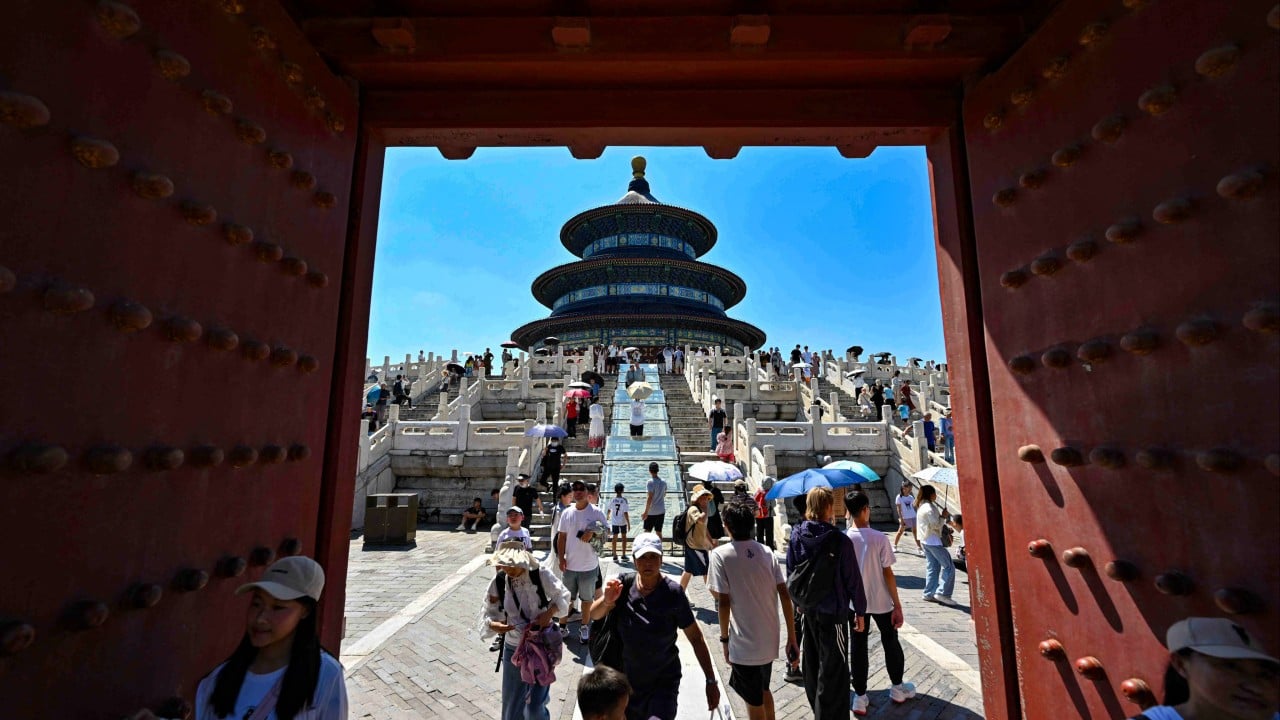Michelle Yeoh understood enough Cantonese when it mattered. Even though the name “Sing Lung” didn’t immediately ring a bell, she still accepted her first on-screen gig in 1980s Hong Kong – a commercial with, as it turned out, Jackie Chan – which would lead ultimately to her international film career.
Advertisement
Michael Wong was a Chinese-educated choirboy who went on to crack the Mandopop market in 1990s Taiwan and win acclaim as a balladeer in the wider Chinese-speaking world.
Like Yeoh and Wong before me, I grew up in Ipoh, a Chinese-dominated city in Malaysia. For my generation, a wide exposure to Chinese culture and a decades-long emphasis on Chinese-medium education are paying off in a bigger way than I could have imagined, with the transformation of mainland China into an economic and technological power.
Around Ipoh, ethnic Chinese children have often grown up between languages. At home, my parents spoke Cantonese, and we lapped up TVB dramas and Cantopop songs from Hong Kong. But when I went to school, I learned to read and write simplified Chinese – not the traditional script that is used in Hong Kong – and all subjects at the primary-school level were taught in Mandarin. At the public secondary school I attended, the medium of instruction switched to Malay, the national language, but Chinese and English were compulsory subjects.
That is how I came to have a perfect command of Mandarin, and to consider it more of a mother tongue than Cantonese. It’s also natural that many of my schoolmates would be tuned in to the latest Mandopop hits from Taiwan, by singers like Jay Chou and Jolin Tsai. At the time, Taiwanese idol dramas and variety shows were common entertainment options, in the absence of strong alternatives from mainland China.
Advertisement
Many Malaysian Chinese had been drawn to Taiwan for the longest time, whether as a tourist, student or expat destination, due to a unique combination of “pull” and “push” factors. On the one hand, Taiwan offers scholarships to overseas Chinese students; on the other hand, Malaysia continues to give the Malay majority preferential access to resources from higher education to housing under the bumiputra or “sons of the soil” policy, in the name of tackling inequality.
I was often told by the older generation that this is the price our community had to pay for being allowed to develop the most comprehensive education track in Chinese outside China – more than 1,200 Chinese vernacular primary schools, and around 150 government or independent Chinese high schools – instead of assimilating.

